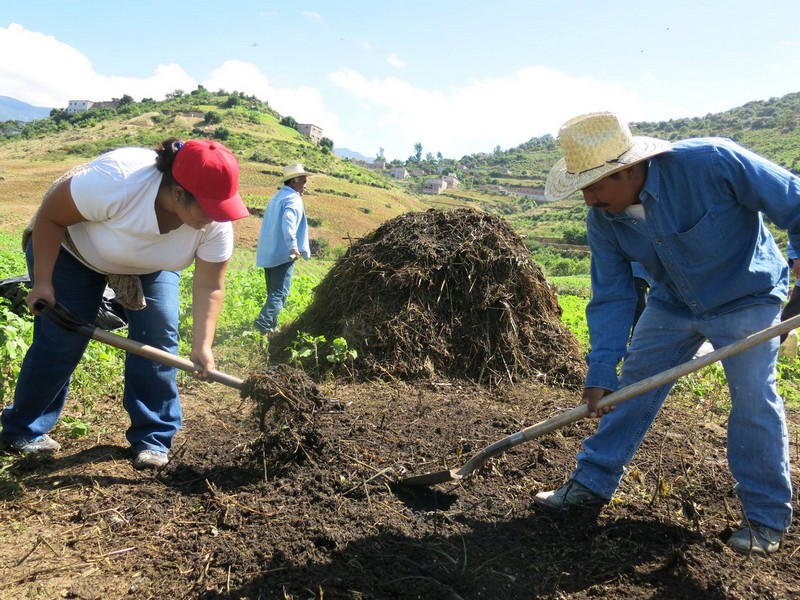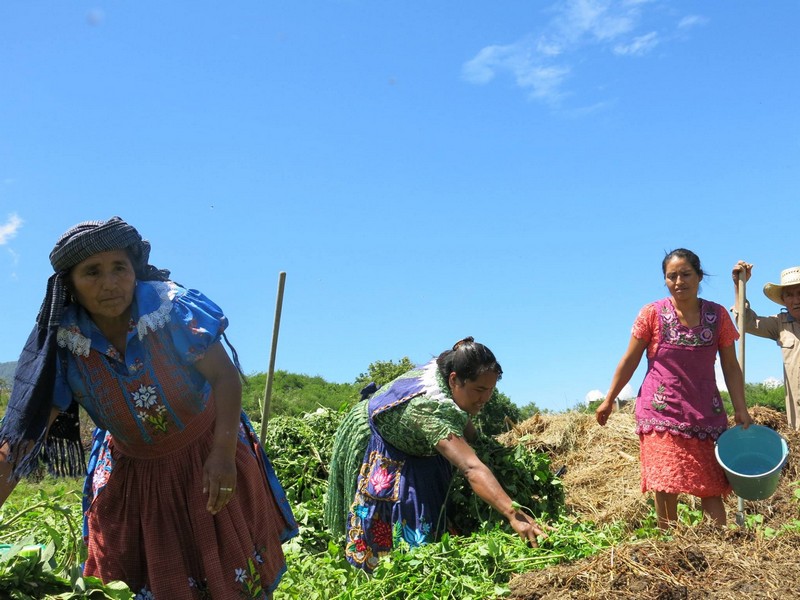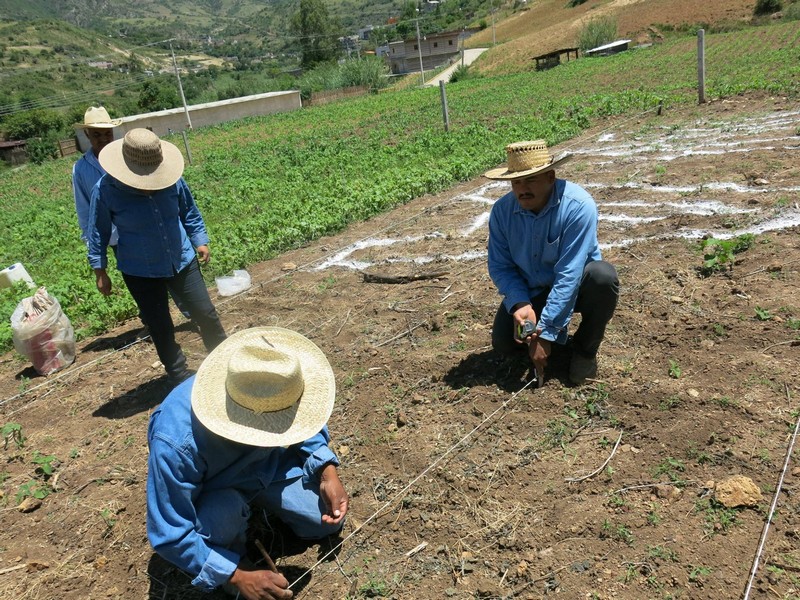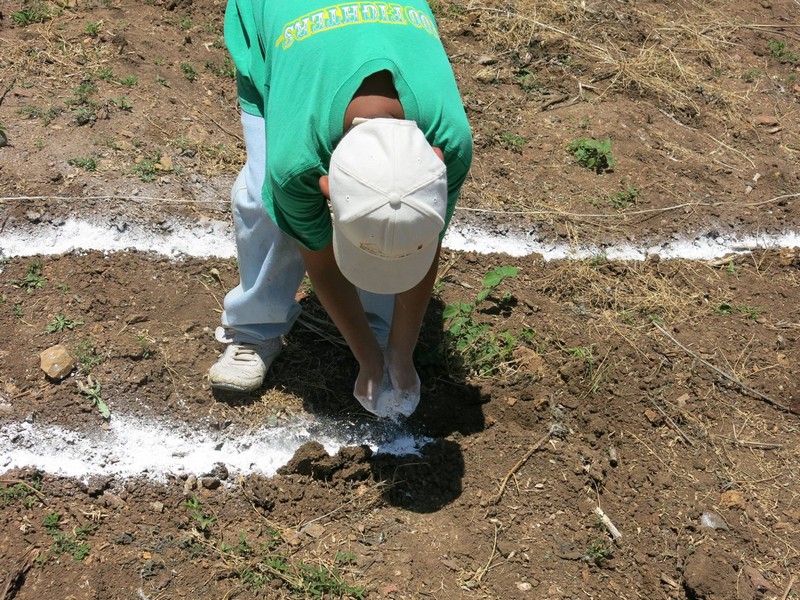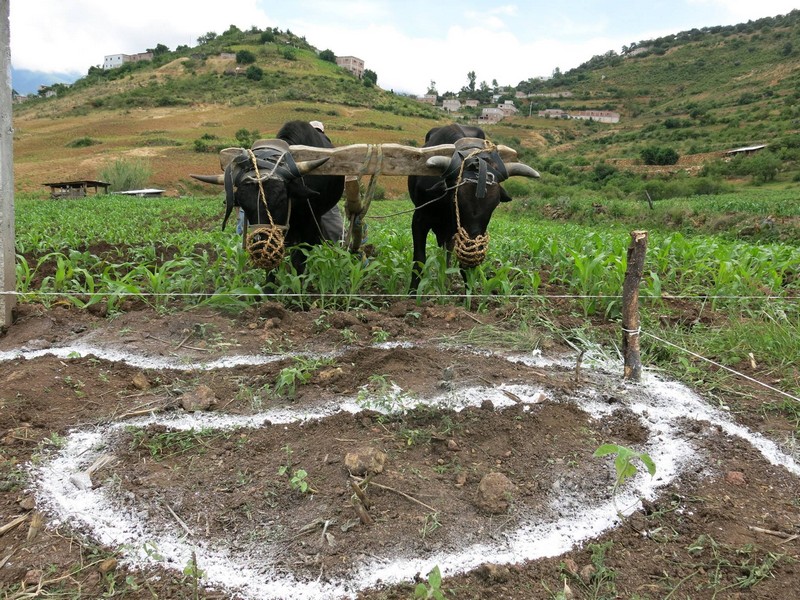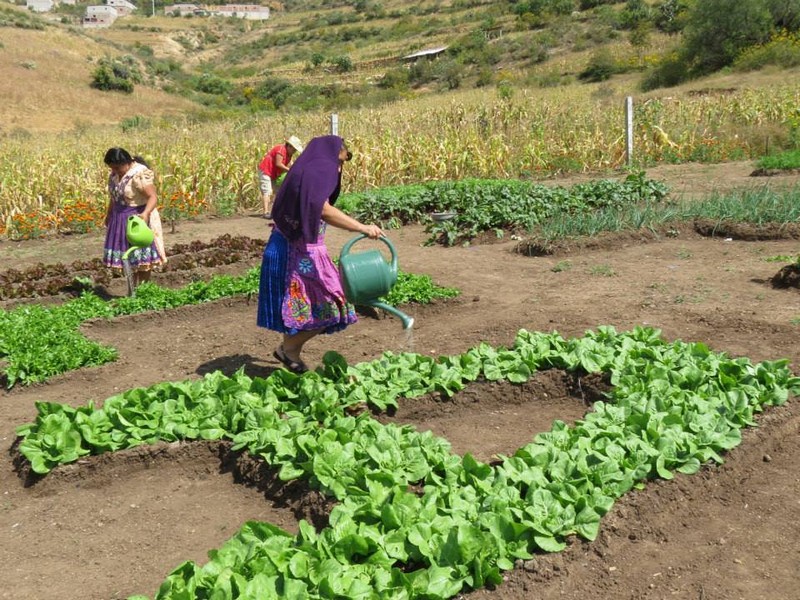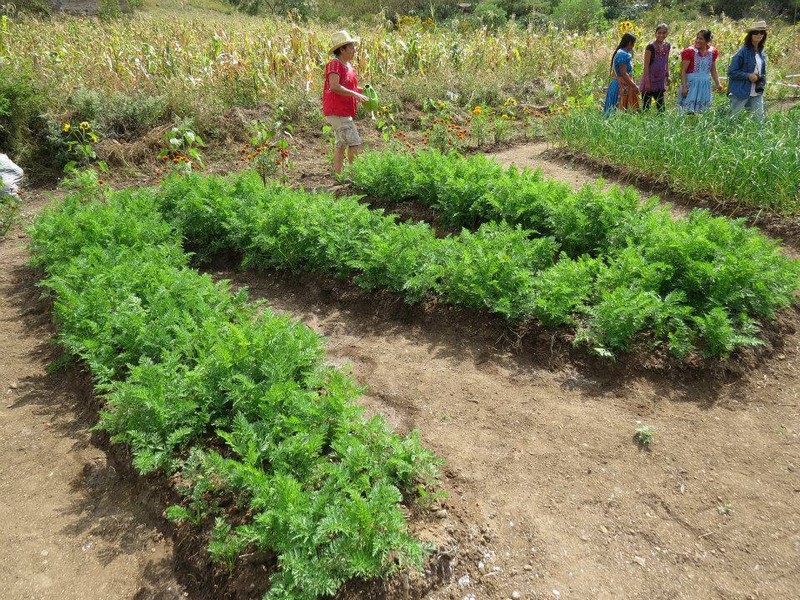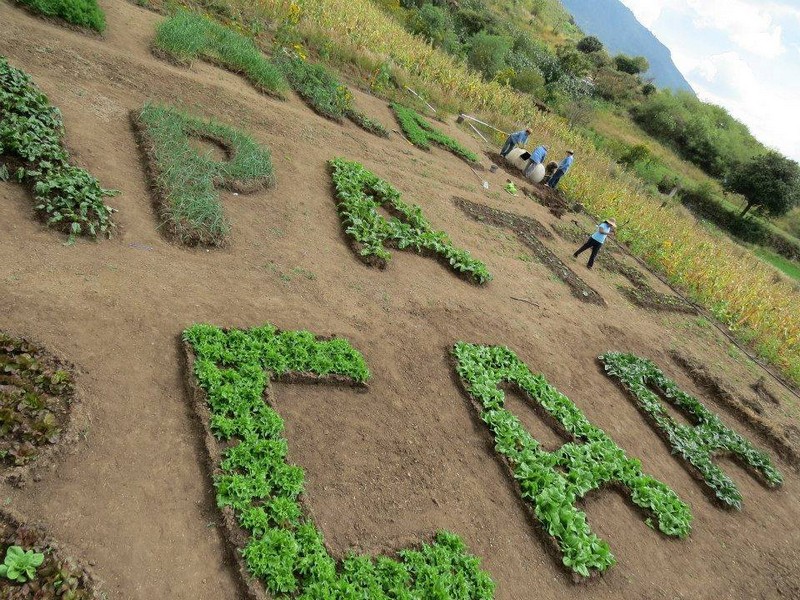I Have A Dream – Oaxaca, Mexico
Art & Farming
Location
Tlacolula Valley, Oaxaca, Mexico
Fundacion Alfredo Harp Helu Oaxaca’s (FAHHO) Team:
Lorena Harp: Huertos Orgánicos Escolares de la FAHHO (FAHHO Organic School Gardens) Project Coordinator. Lorena has a 10 year experience in the field of Solar Cooking and has been directing the Organic Gardens School program for 5 years.
Pedro Cortés Barrita: Activist, farmer, consultant and technical liaison for the project. Pedro is as well a native from Ejutla (town in Jalisco, Mexico).
Margarita Hipólito: Zapotec artisan women who specializes in textiles and natural dyes, herbal consultant, and agro-homeopathy. Margarita is very active in the community and is na innate master in all matters related to health and earth.
Adán Cortés: Adan comes from a family that produces mezcal in Valle Oaxaca, Mexico. Adan Works as a liaison in FAHHO’s organic gardens with methods of bio-intensive agriculture, and is responsible for the logistics and operation of the project.
Diego Policarpo: textile artisan and farmer. Diego takes care of the garden and protects and maintains the orchard.
Fidel Ugarte: Photographer from FAHHO’s Department of Communications.
Group of Local Volunteers:
Viviana Hernandez and Guadalupe Hernandez: mothers and housewives, who joined the project three years ago when they began working in primary school in the community, where their kids go to school.
Mr. Darìo Carlos Hernandez Hernandez: lent the agricultural land to develop the project.
Mr. Alfredo Hernández Pérez: helped the team to use a water well without electricity.
Other Participants:
Charline Curiel: teacher-researcher from UABJO (University of Benito Juarez in Oaxaca). Charline helps as a facilitator during reflection meetings.
Marcela Taboada: Photographer who documents the progress of the project. Marcela is the designated artists for our participation in the I Have a Dream project.
BIG IDEAS/DIALOGUE
As farmland is being reduced around the globe, “I Have A Dream” Global Community Project hopes to draw attention to farming practices and communities by inviting artists to collaborate with farmers to sow fields or grow gardens in the shape of “I Have a Dream” in their own language. This community-based project takes art out of the studio and into the community and use art to empower communities through farming and gardening.
Oaxaca, Mexico Project: To teach communities, especially children, to produce their own vegetables free of any pesticide or agrochemicals and to incorporate them into their daily diet.
Overview
With the support and participation of teachers and parents, the overall objective of the group is to teach communities, especially children, to produce their own vegetables free of any pesticide or agrochemicals and to incorporate them into their daily diet.
When we received the invitation from Shweta to participate in the I Have a Dream project, the team agreed to share her same dream: to help create sustainable communities in the areas of food and health, while recognizing the preponderant role of women in these projects.
Process
- Search for a group, school or community that is interested in being part of this international project
- Inform the local authorities about the project
- Project presentation to groups and residents of the area for them to participate
- Obtaining the land with the necessary characteristics for the project development, as well as native organic seeds (Creole)
- A rustic design and manual system for obtaining water from a well
- Garden design
- Technical training and support in the cultivation process (land preparation, planting and harvesting)
- Discussion meetings, final project reflection between between project members and the school community
- Harvest the crop and hold a communal meal and final reflection with everyone involved in the project
- Photo and video documentation of the entire process
Time Line – Key Milestones
From July – November, 2014
JULY:
- Visit various schools in the valley of Oaxaca presenting the project and our proposal for participation
- Obtaining the land to realise the Project
- Preparing the land for the project, tracing the letters and building the growing beds
- Create a compost system with the members of the community
AUGUST:
- Enrich the soil by incorporating compost materials such as: pulverized egg shells, fish bone flour, and powder coal.
- Constructing a manual and artisan system to extract water from an abandoned dwell (15 meters deep)
- Begin staggered planting process of various vegetables starting with the ones which take more time to grow such as: carrots, beets, garlic, onions, and chilies.
- Planting lettuce and spinach seeds
- Transferring the seedlings and cempaxúchitl flowers to establish the perimeter of the garden.
SEPTEMBER:
- Constructing a small covered space made out of local materials in order to create a space to host workshops and community meetings
- Direct sowing of vegetables that grow fast such as: coriander, parsley, and radish
- General meeting with parents and teachers from the elementary school in the community.
- Workshop: Making organic creams made of bee wax, medicinal plant extracts and a Hot Pot.
- Use of organic pesticides (medicinal herb extracts) prepared by women in the community in order to prevent harmful insects.
- Planting beets and chard seedlings.
OCTOBER:
- Direct sowing of beans and pumpkin seeds
- Harvesting and replanting radish
- Garden maintenance
- Organic creams workshop
NOVEMBER:
- Garden maintenance
- Meeting with the technical team to discuss and reflect on global and local food issues. Discussion is guided by Shweta’s guide.
- Constructing roof for harvest celebration
- Planning meetings
- Visiting schools from neighbouring communities, who are working in your own garden (a primary school and a kindergarten)
DECEMBER:
- Garden maintenance
- Skype Interview with Shweta and farmers in other parts of the world participating in this project
- Other schools visiting the project’s garden
- Closing the project: Harvesting and community food products
- Video and photo documentation during all stages of the project including aerial photos and social media promotion
Social Action
Adopt this strategy to be able to plant a message in each orchard in the future to help create sustainable communities in the areas of food and health, while recognizing the preponderant role of women in these projects.
Reflection on the project impact and experience
- Everyone in the team felt the same enthusiasm and excitement for being able to be part of the project
- The team took this project as a challenge, and it has been an amazing learning experience
- The project generated stronger community bonds
- The knowledge and feedback obtained while sharing the same dream, and having a common community purpose was transformative
- This experience has made us feel that it is possible to achieve something that might seem impossible. We are proud to be part of this global movement for food in the world.
- In conclusion, we would like to adopt this strategy to be able to plant a message in each orchard in the future.
Credits
Written by: Lorena Harp
Translated by: Camila Ramos Bravo

